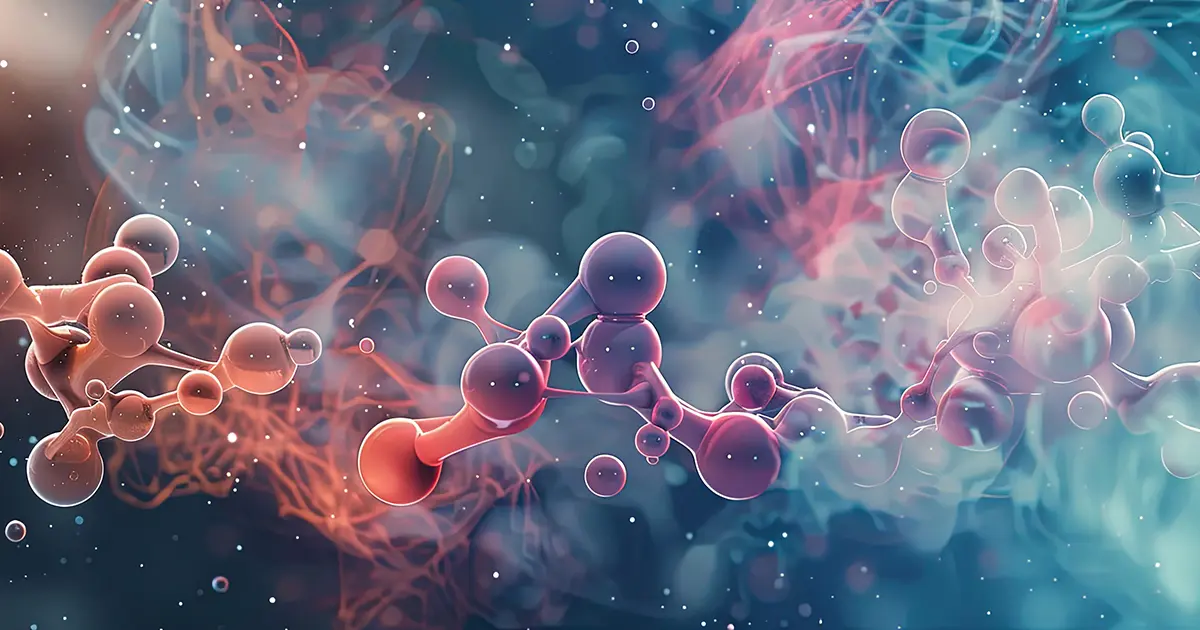Biochemistry and LIMS: A Catalyst for Efficiency and Discovery in Modern Laboratories
In the intricate world of biochemistry, where molecules and reactions hold the key to understanding life’s processes, Laboratory Information Management Systems (LIMS) have emerged as essential tools, revolutionizing how researchers manage data, streamline workflows, and accelerate discoveries. This article delves into the critical role LIMS plays in biochemistry, exploring its diverse applications, key benefits, and the transformative impact it has on this dynamic scientific field.
LIMS in Biochemistry: A Fundamental Partnership
Biochemistry, the study of chemical processes within and relating to living organisms, generates a wealth of complex data. LIMS serves as the central nervous system of biochemistry labs, orchestrating data management, sample tracking, experiment execution, and regulatory compliance. By automating routine tasks and ensuring data integrity, LIMS empowers biochemists to focus on their core research, fostering innovation and efficiency.
Key Applications of LIMS in Biochemistry
LIMS software finds diverse applications in biochemistry laboratories, including:
- Sample Management: LIMS tracks biochemical samples meticulously, recording their origin, preparation, storage conditions, and analysis results. This ensures traceability, reduces errors, and facilitates efficient resource allocation.
- Reagent and Inventory Management: LIMS helps maintain accurate inventories of reagents, enzymes, and other consumables, ensuring that researchers have the necessary materials for their experiments.
- Data Analysis and Visualization: LIMS provides powerful tools to analyze complex biochemical data, generate insightful reports, and create visually appealing graphs and charts. This simplifies data interpretation and aids in drawing meaningful conclusions.
- Workflow Automation: LIMS automates routine tasks such as sample preparation, data entry, and calculations, saving time and reducing the risk of human error.
- Regulatory Compliance: LIMS ensures adherence to stringent regulatory standards, such as GLP (Good Laboratory Practice), GMP (Good Manufacturing Practice), and ISO 17025, which are critical for ensuring the quality and reliability of biochemical research.
Benefits of LIMS in Biochemistry Laboratories
The integration of LIMS into biochemistry labs yields numerous benefits:
- Enhanced Efficiency: By automating tasks and streamlining workflows, LIMS significantly improves laboratory efficiency, allowing researchers to dedicate more time to scientific inquiry.
- Improved Data Quality: LIMS ensures data accuracy, consistency, and traceability, leading to more reliable and reproducible research findings.
- Increased Productivity: With streamlined processes and automated tasks, biochemists can accomplish more in less time, accelerating research progress.
- Enhanced Collaboration: LIMS facilitates data sharing and collaboration among researchers, fostering a culture of knowledge exchange and innovation.
- Cost Savings: By optimizing resource utilization and reducing errors, LIMS can generate significant cost savings for biochemistry labs.
Specific Applications of LIMS in Biochemistry
LIMS plays a vital role in various areas of biochemistry research, including:
- Drug Discovery and Development: LIMS manages preclinical and clinical studies, tracks drug candidates, and ensures data integrity throughout the drug development pipeline.
- Protein and Enzyme Analysis: LIMS streamlines protein purification, enzyme kinetics studies, and structural analysis workflows.
- Metabolomics: LIMS manages complex metabolomic data, enabling the identification and quantification of metabolites in biological samples.
- Clinical Diagnostics: LIMS plays a crucial role in clinical biochemistry labs, managing patient samples, test results, and quality control procedures.
The Future of LIMS in Biochemistry
The future of LIMS in biochemistry is incredibly promising. Advancements in machine learning and artificial intelligence are poised to enhance LIMS capabilities, enabling predictive analytics, automated decision-making, and personalized insights. Cloud-based LIMS solutions will further facilitate data sharing and collaboration, breaking down geographical barriers.
Conclusion
LIMS has become a cornerstone of modern biochemistry laboratories, driving efficiency, ensuring data integrity, and accelerating discoveries. As technology continues to advance, LIMS will remain a vital catalyst for innovation in biochemistry, empowering researchers to unravel the complexities of life’s chemical processes and develop groundbreaking solutions for healthcare, agriculture, and environmental challenges. Embracing LIMS is not just an option for biochemistry labs; it’s a necessity for staying competitive and advancing scientific knowledge.


